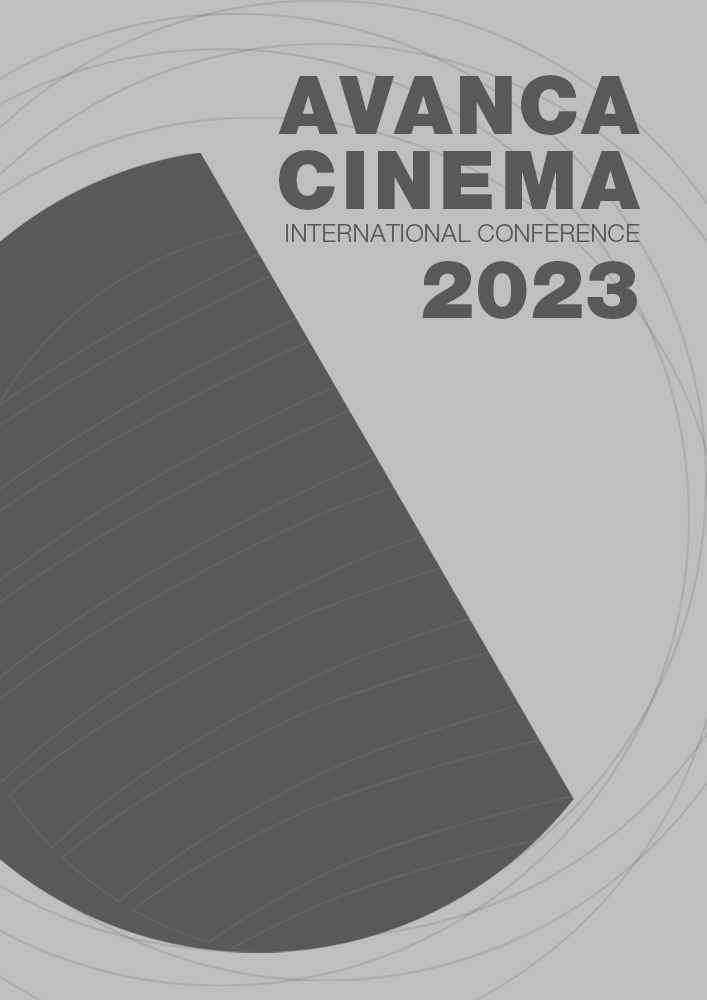Capítulo I _ Cine - Arte
Videoarte sem videoarte: a materialidade das condições de produção no Brasil dos anos 1990
Resumen
This paper is about video art in Brazil in the 1990s. It indicates factors for understanding video production in this period, such as: the significant absence of permanent institutional support for the production and exhibition of video art works; the limited ability of most artists to acquire their own equipment; import restrictions and customs duties. Add to them the post-military dictatorship financial crisis and the fact that video art works are mainly presented at biennials and large exhibitions. And, as a result, internationally established video art was only a sporadic reference, especially outside the big cities. I started working with video, computer graphics and telematic networks in the 90s. In such unstable socioeconomic conditions, video art production took place without necessarily having Video art as the main reference - the contents of videocassette cinema were more accessible. I would like to reflect, therefore, on the material conditions for video art in Brazil in the 1990s: how much did a video camera cost? What was the minimum wage at the time? Whose responsibility was it to provide the equipment for the exhibition? What was the role of institutions? What are the disputes between different fields of video? How can the idea of the “independent video explosion” be approached?

Esta obra está bajo una licencia internacional Creative Commons Atribución 4.0.

